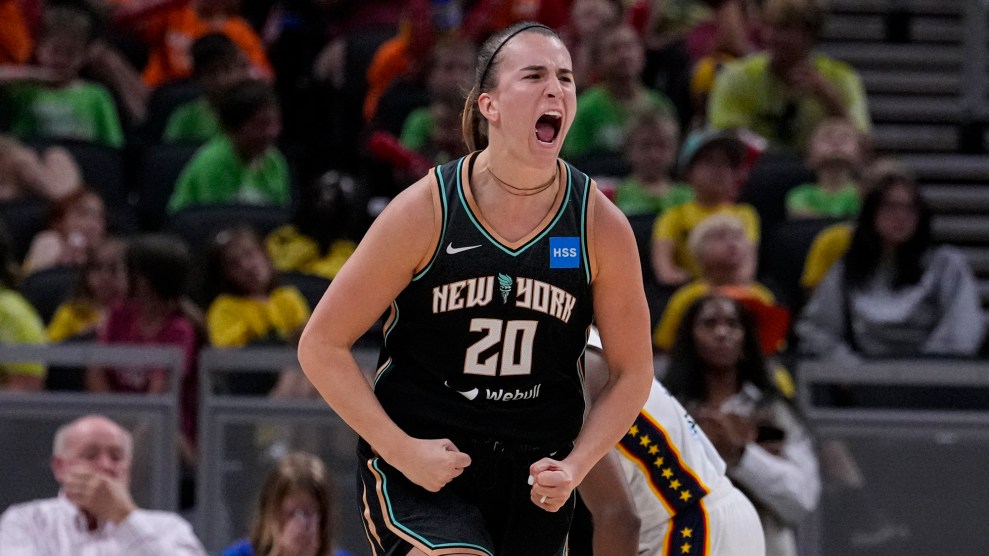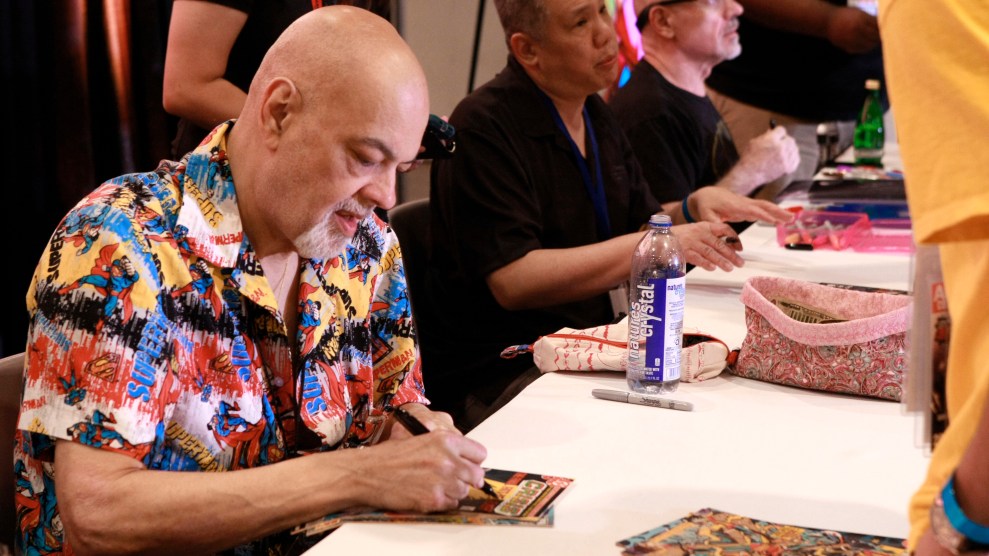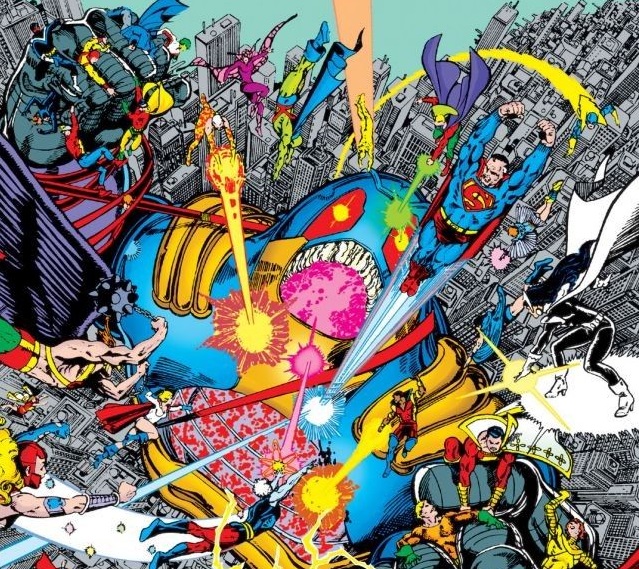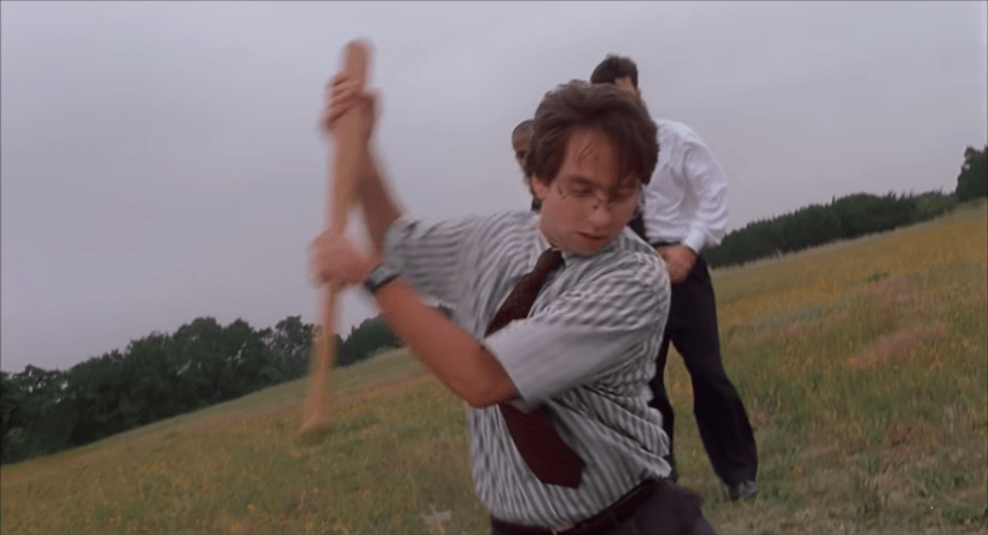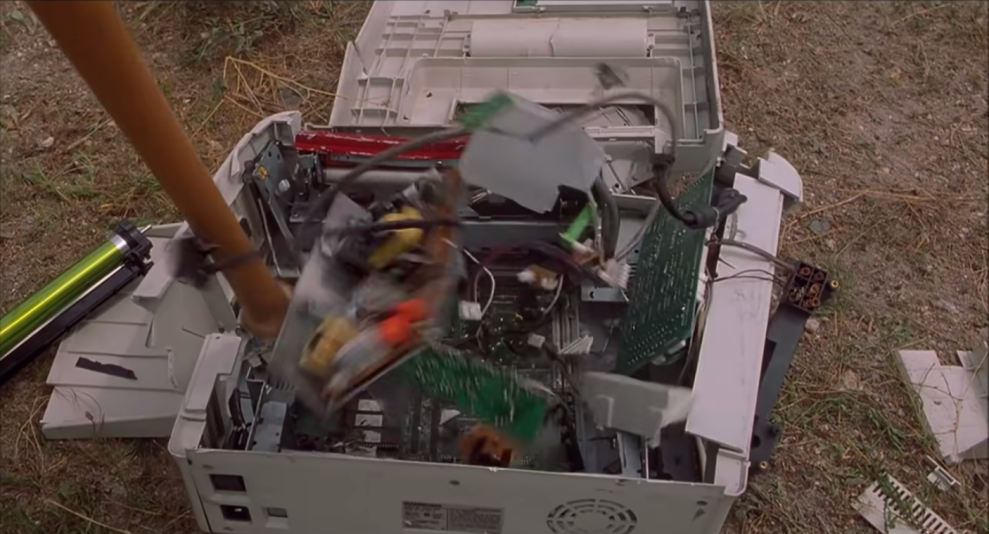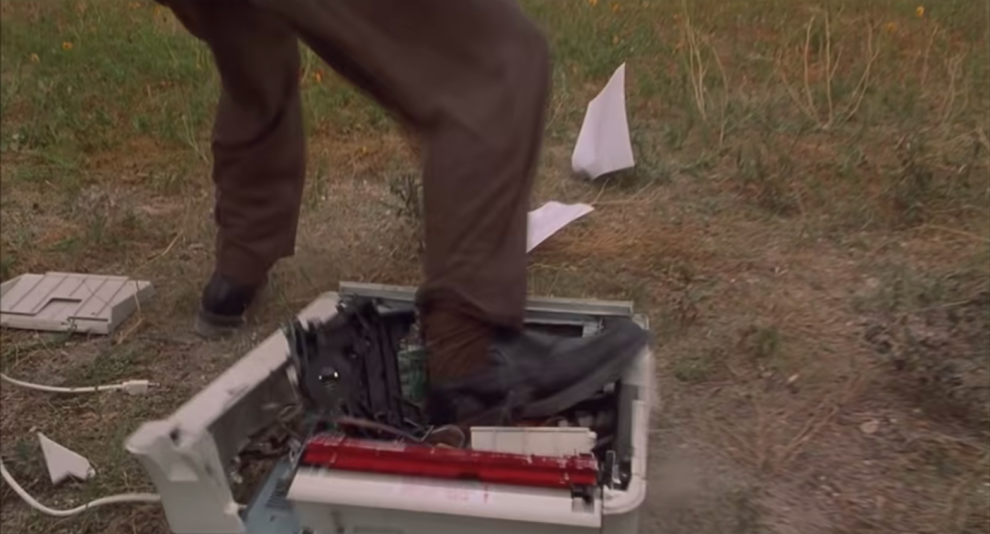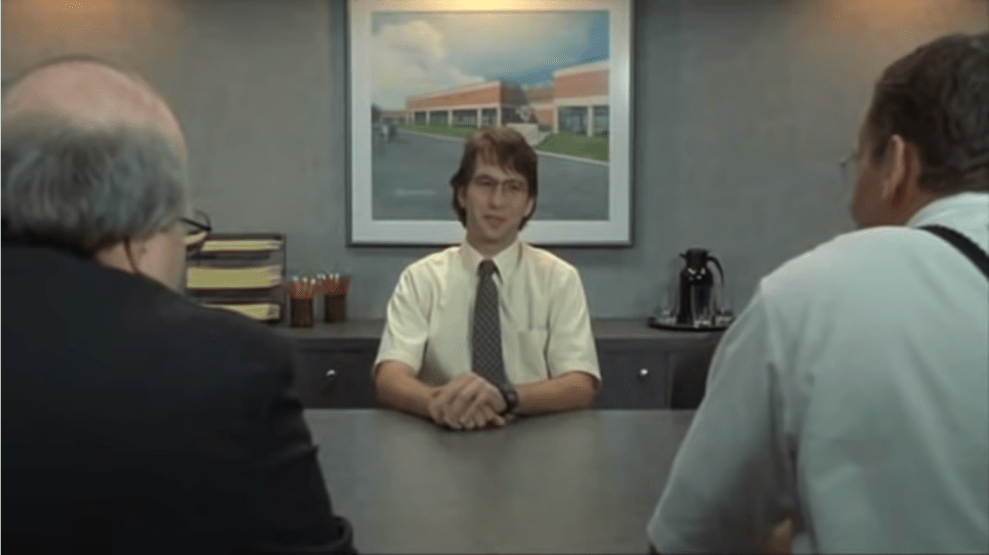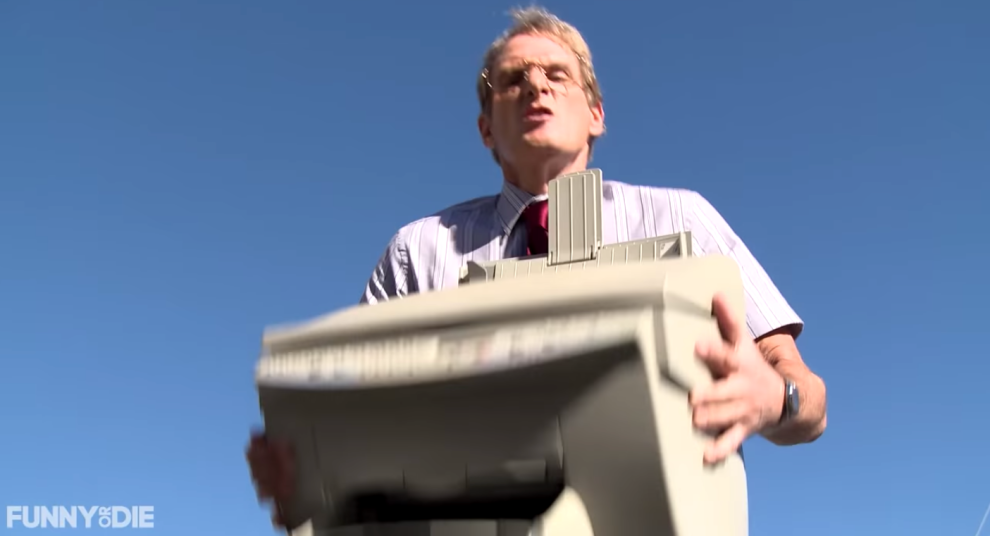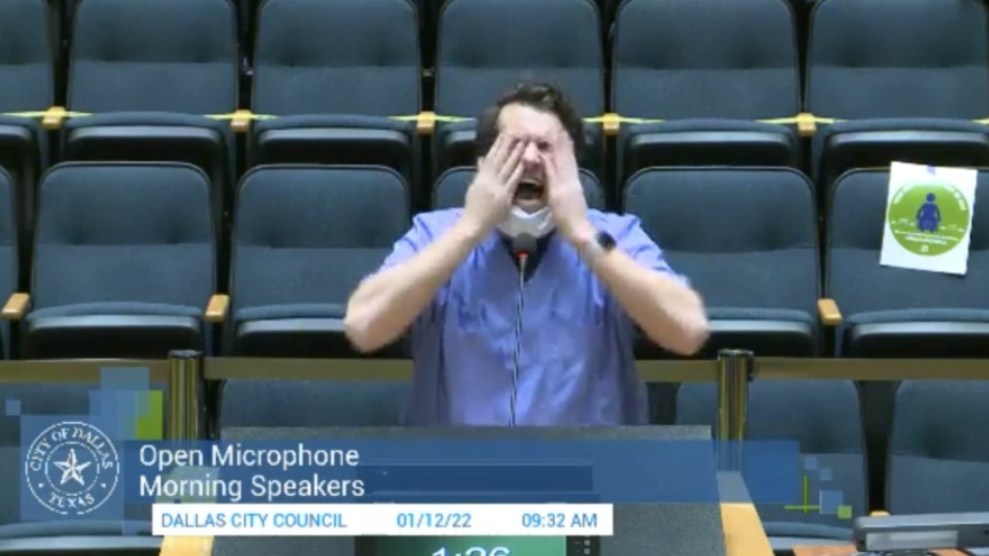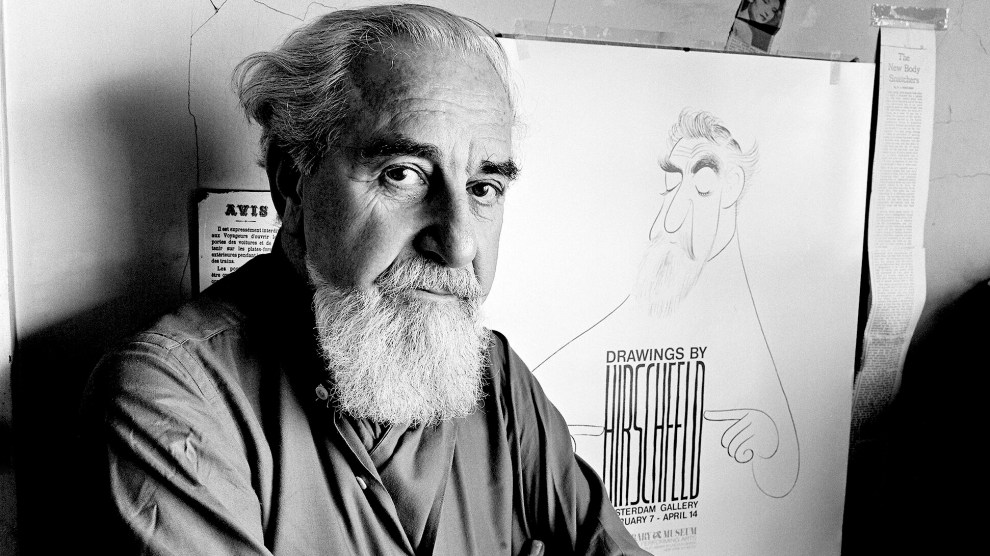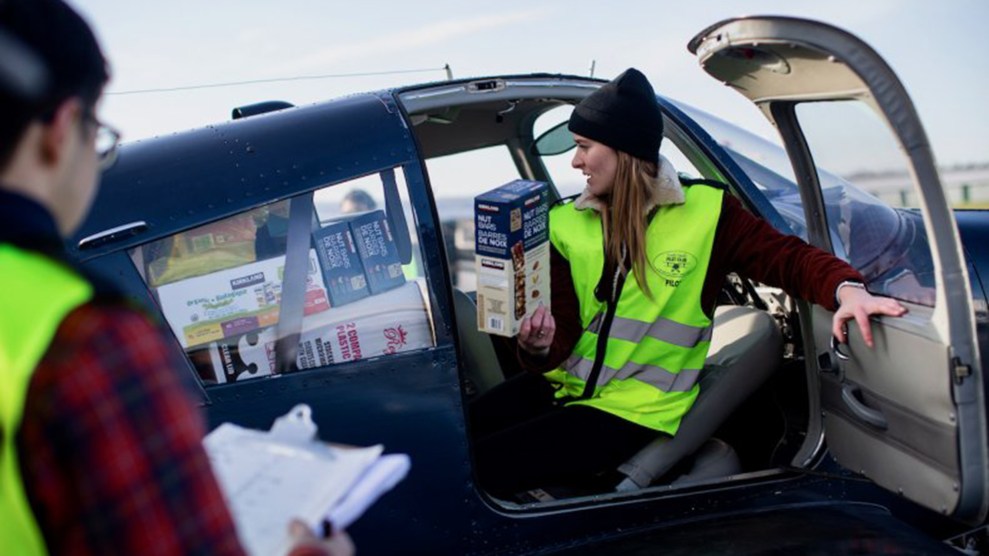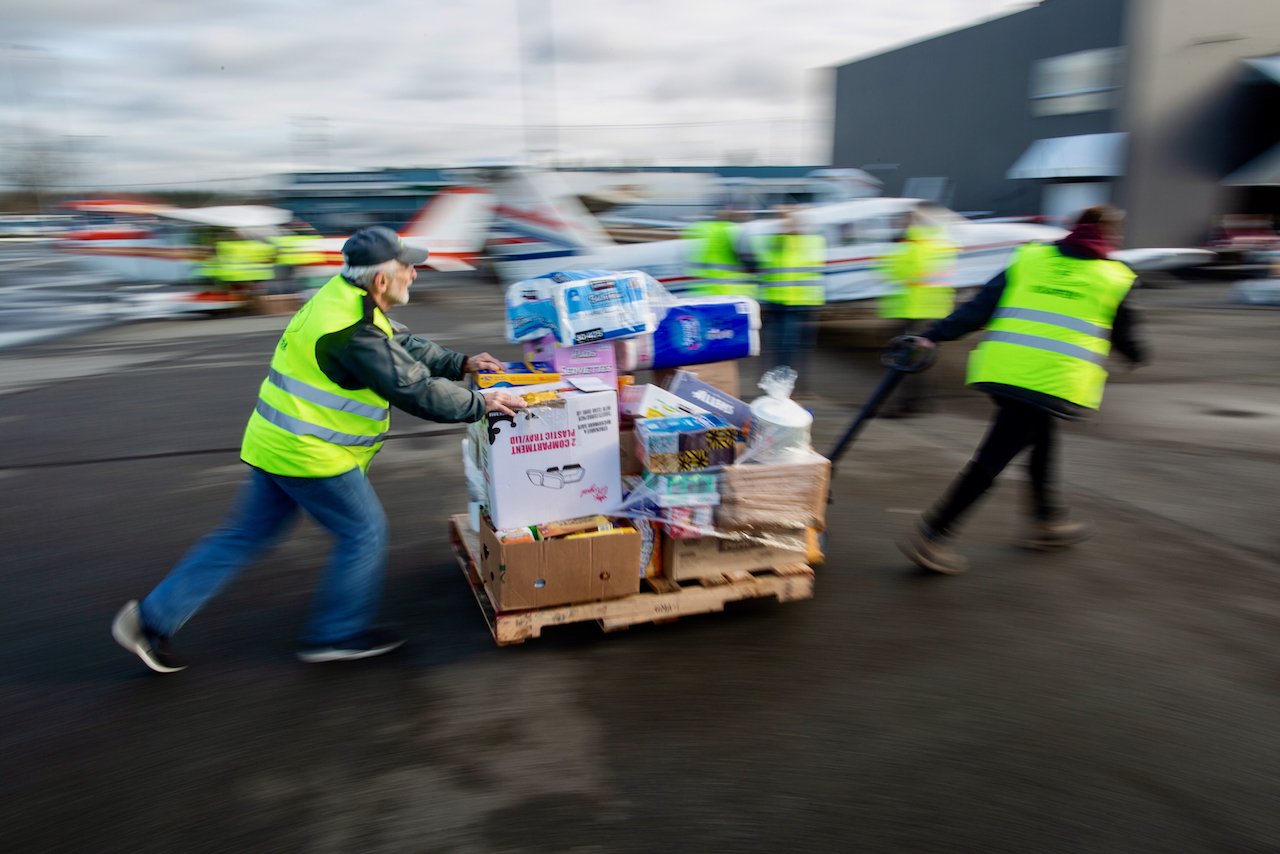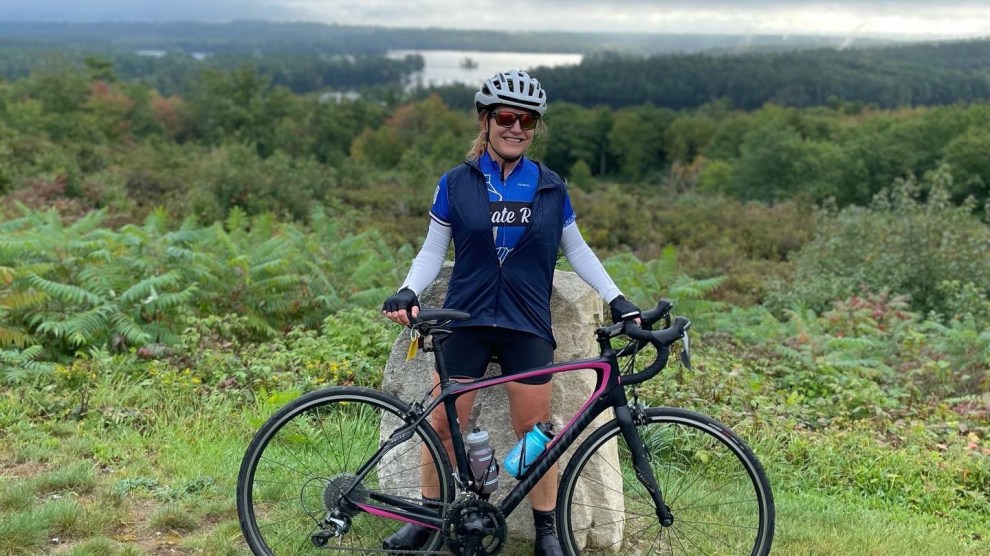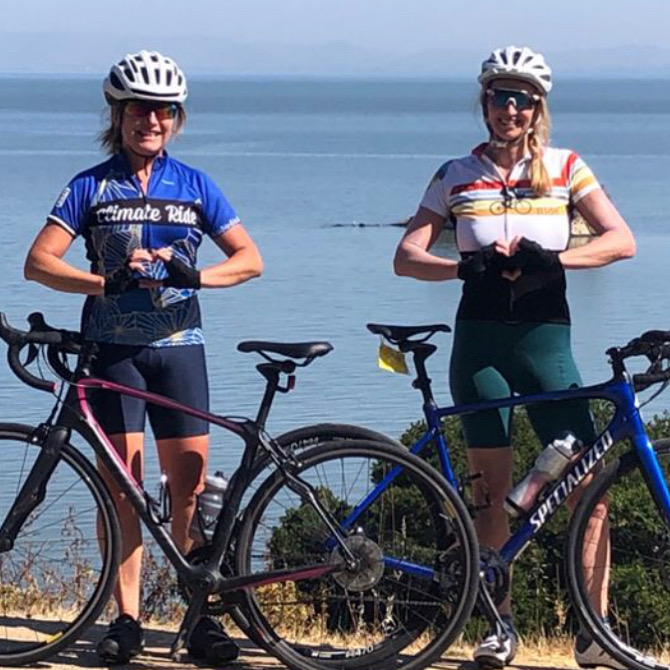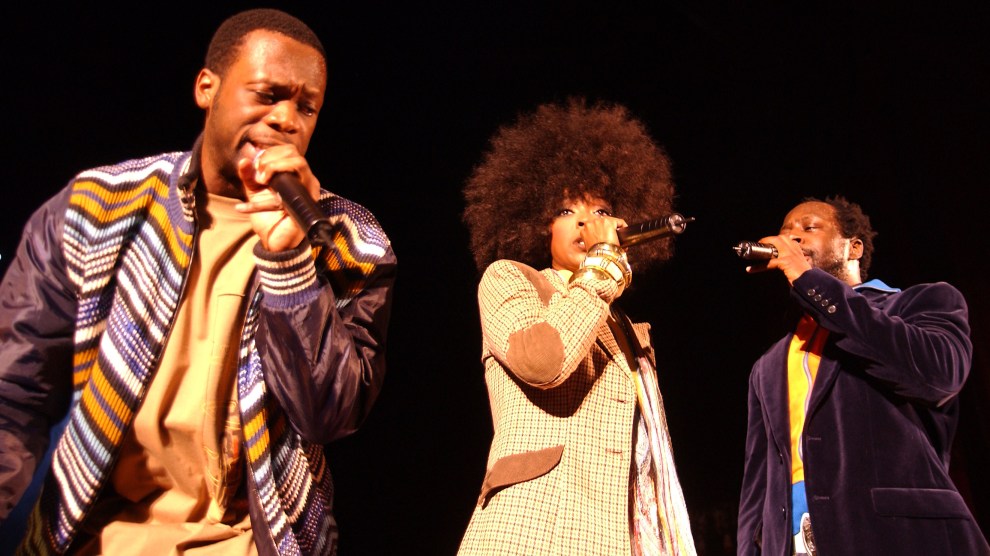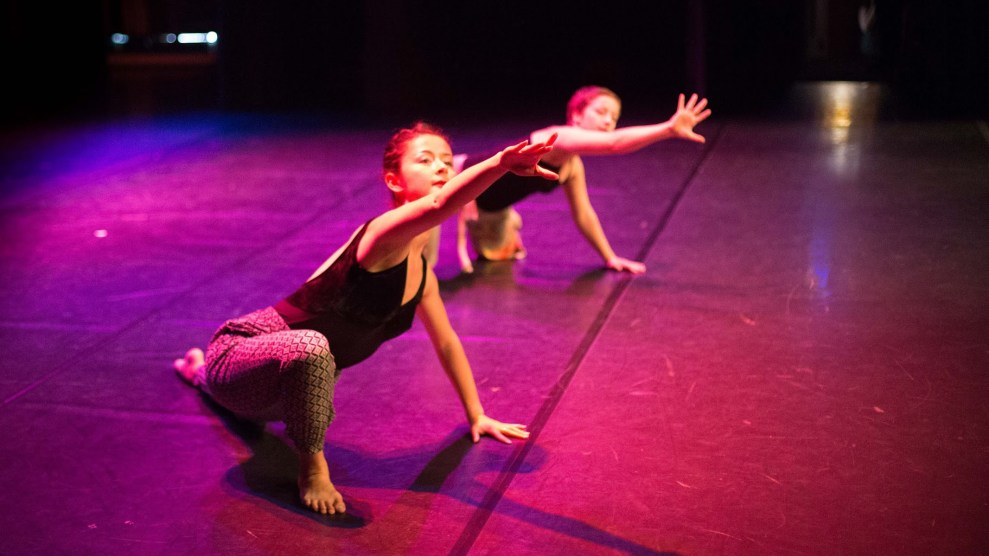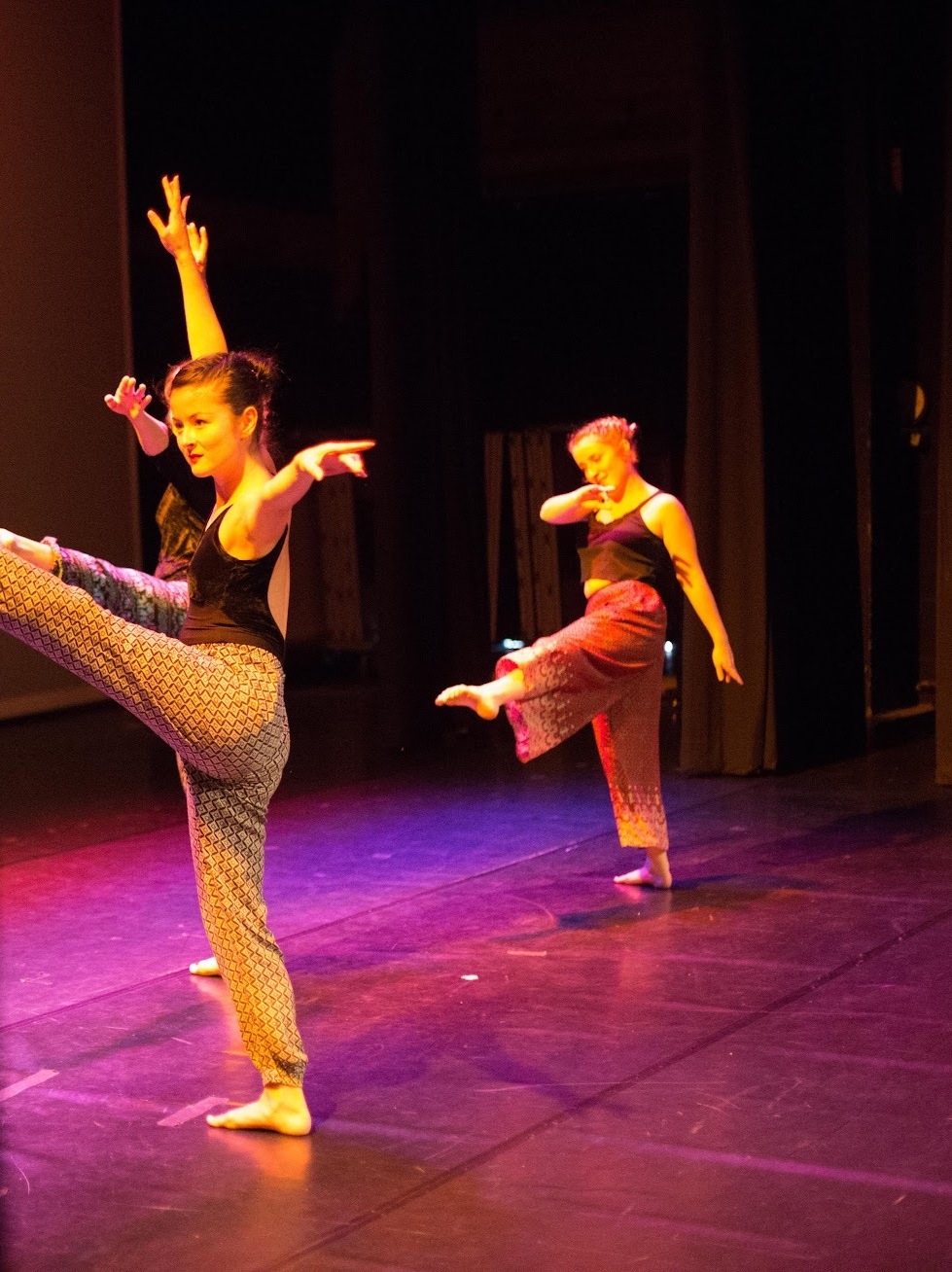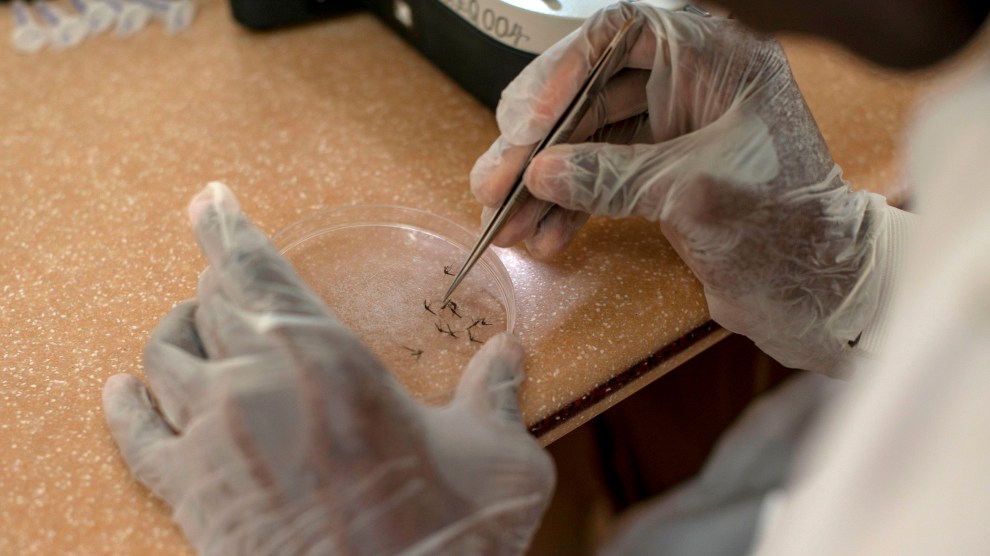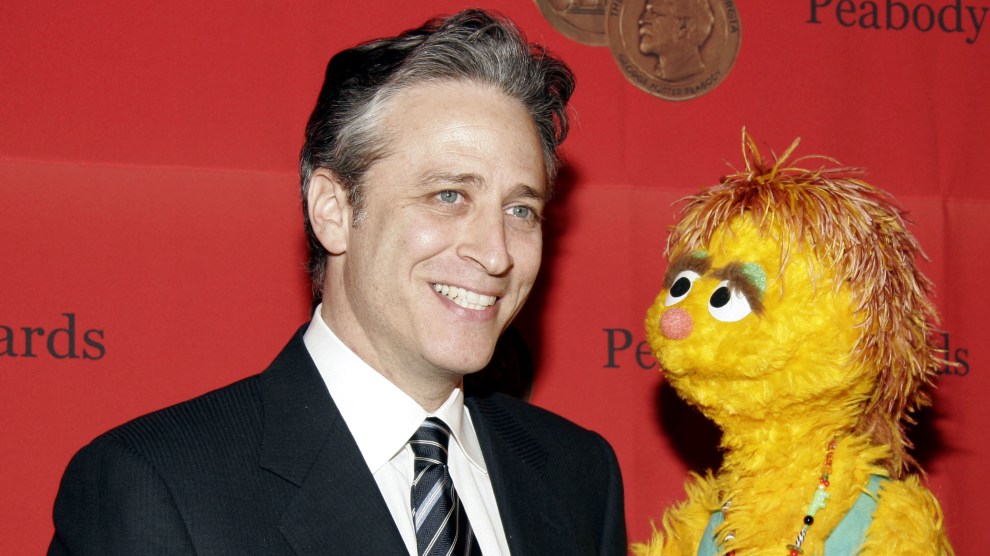As we close the books on 2021, and not a moment too soon, a question I’ve been wrestling with and want your thoughts on, at recharge@motherjones.com, is what to do with fatigue. Pandemic fatigue, pain fatigue, news fatigue, loss fatigue. I’m hardly alone, but I’m also not alone in finding strength in stories that met the moment this year, 21 of them below. Starting with one, from a 19-year-old’s mother, that stopped me in my tracks:
1. Postscript. On the morning of December 11, postal worker Randal Mosby Jr. started on his route, delivering mail for the holidays. Shortly into his shift, his mother, a school teacher, got a knock at her door from a coroner’s officer telling her Randal had died in the line of work. Details of his death are still emerging, and as his family struggles to piece together what happened, his mother, Tiffany, tells me on the phone days later, introduced by her brother and my Mother Jones colleague Homer, about the brightly compassionate life her son led and the outpouring of support she’s receiving. In his wake, she hopes to honor his life by establishing a family foundation that connects people in need with local resources.
Tiffany’s process of grief is taking its course. But her efforts to memorialize and expand his impact are already reverberating. Of all the stories she shares, the one I keep thinking about is Randal anonymously stuffing large donations into a USPS co-worker’s coin bank every time he walked by her desk to fulfill her dream of attending a World Series game: “My son was donating the whole time and didn’t say anything. Most teenagers don’t do that. To think that he was selflessly giving, it just touches me. And another co-worker was going through hard times, so Randal searched online for the perfect gift: an engraved keychain with a compass that read ‘Be guided on the right path—fulfill your dreams.’ And another co-worker liked to try recipes and was jokingly nicknamed Betty Crocker by her colleagues, so my son stopped at a neighborhood garage sale and surprised his co-worker with a stack of cookbooks. He was listening to people, doing his best to help. Not only is he hard-working, but he actually cares.”
“We can’t not give back. Randal was a giver,” his uncle tells me. “In this painful moment, we’re witnessing a community of friends, students, strangers who never knew him, and local businesses come together to support my sister in her loss. Looking ahead to 2022, I hope this spirit of support extends to the countless families grieving for loved ones.”
A hopeful New Year to Randal’s family and USPS friends. If you have a note for them, send it to recharge@motherjones.com.
2. Migration music. “What’s a 4-year-old doing in prison for 700 days?” asked poet Paul Flores onstage in CAGES: Ways to Interrogate History, pianist Jon Jang’s latest. I was in the audience, my first in two years, with Jang at his best: acutely alert to political patterns and tightly improvising. “Jon is so quick and well-versed in protest music that he can hear a line from my poem about survival boats carrying Dominicans fleeing to Puerto Rico,” Flores says, “and hear my refrain ‘This is a boat’ and play it back. And suddenly my poem about Caribbean immigration and Native culture becomes a spiritual song.” Catch it February 6.
3. Beautiful News, a site delivering on its promise.
4. What Does It Mean to Be American? is Robert Stillman’s new solo album, a mix of minimalist improvisation, layered effects, and pitch-bending drones. His music is lapping, as defamiliarizing as the past year: “I was born and raised in America and identify as American but I’ve lived in the UK for over a decade, and it’s given me the opportunity to consider what being ‘American’ means outside the day-to-day experience.” Two albums coming.
5. Housing gains. A big win for housing activists putting people over profits as Berliners voted to “seize housing from big corporate landlords,” reports Camille Squires of Quartz.
6. Climate fix. Beyond the policy fights are immediate efforts in Indigenous communities to take action: A livestream delves in with Melina Laboucan-Massimo of Canada and Tyson Yunkaporta of Australia in #DearWorldLive’s “Protecting the Earth: Indigenous Solutions to the Climate Crisis.”
7. Spacing out. I can think of lots of ways to spend $10 billion: vaccines, student debt relief. NASA’s idea is fine I guess, a new telescope launched last week to unlock mysteries of the universe.
8. Book it. Jennifer Shahade, director of US Chess Women, finished her book Chess Queen: The True Story of a Chess Champion and the Greatest Female Players of All Time. Preorder it and catch her commentary in Louisa Thomas’ New Yorker profile of Hou Yifan.
9. “Recover Together,” a vital list of pandemic relief, has a spread of resources, from a veterans’ alcohol self-management program to tips for caretakers.
10. Ringing a bell. Everything Daniel Carter touches is an unconventional recharge, his latest no exception. Start with his classic “Refracted Light and Grace.”
11. Strong words. Keep these in mind, one from historian Tom Christensen: “Tyranny hates memory.” The other from Mother Jones’ David Corn: “Much of human history is a war against forgetting.”
12. Defying debt. Jateria Pittman tells me about starting her own business after quitting a corporate finance gig to pursue her passion—creating Debt-Free Travel Journey—thanks to Tulsa Remote paying her $10,000 to move to Oklahoma: “For me, travel was escapism. I was trying to escape reality. But mental health and money are tied to travel, so I thought let’s fix the money mindset. A lot of people hold shame for their debt and can’t move forward because every step feels like a cement block on their foot.” Her tips are practical—tackling debt, building wealth—and psychological: “It’s not just money. Debt is heavily emotional. It costs more to be poor than to be middle class. One thing I tell people is travel doesn’t have to be a big trip abroad. You can travel your backyard, your city, your coast.” Through Tulsa Remote, she’s “getting support from the history of Black Wall Street and so many resources to build my business, all to inspire other millennials to take control of finances so they can build wealth and redefine travel.”
13. Existential stepback. A promising new podcast is rounding the runway from science educator and children’s book author Annaka Harris. Lights On: My Search for a Theory of Consciousness includes a strong lineup: scientists Lee Smolin, Christof Koch, Sue Blackmore, and George Musser.
14. Twitchingly funny. The most wryly hilarious graphic designer I’ve seen this year is Jaron Saturnino, the tongue-in-cheek editor and enigma behind Hikaru Nakamura’s video thumbnails and intros, including this one: What happens when the world Speed Chess Champion blunders against a 14-year-old?
15. Solutions journalism. It’s conventional wisdom, but not actually wise, in certain precincts of progressive media to assume that things are always and irredeemably worse than they appear. But Solutions Journalism Network puts that idea to the test with tips for reporters and readers on telling stories that solve problems.
16. Reuniting. Two 91-year-old women, best friends as kids before fleeing Germany on the cusp of World War II, reunited for the first time in 82 years. Betty Grebenschikoff had thought Ana María Wahrenberg didn’t survive before they embraced in Florida this winter, a reunion facilitated by several groups.
17. Landing. The first Native-led marine sanctuary in the United States, on 7,000 square miles off the coast of California, got a boost last month when the Chumash tribe’s proposal moved forward, a big step for Indigenous stewardship.
18. Labor win. Workers’ rights organizer LaTanja Silvester, the Louisiana director of disaster preparedness and recovery group Resilience Force, rallied to strengthen emergency response this year. She’s also leading efforts in New Orleans to create jobs through vaccine and food distribution.
19. Rescue. In honor of five first responders killed in the line of duty, the Tunnel to Towers firefighters foundation has paid off their families’ mortgages.
20. Recovering. Controversy swarms San Francisco over the state of emergency its mayor declared for homelessness in the Tenderloin neighborhood. Ed Reed once lived there, and he’s now an acclaimed singer who’s headlined Jazz at Lincoln Center. His new book, Double Helix: A Memoir of Addiction, Recovery, and Jazz in Two Voices, is written with his partner, Diane. “I would never have imagined I’d be performing” on the big stage, he writes. “Certainly not when I was shooting heroin and overdosing, spending the better part of 16 years at San Quentin and Folsom Prisons and, for 20 years more, rotating in and out of 25 drug treatment programs, five mental hospitals, and fleabag hotel rooms in San Francisco’s Tenderloin.” His writing, like his music, is unguardedly candid, confessionally deep, and profoundly moving.
21. “Let’s not forget the very best thing about this year: It’s almost over.”
Happy ’22. Send good news to recharge@motherjones.com.
